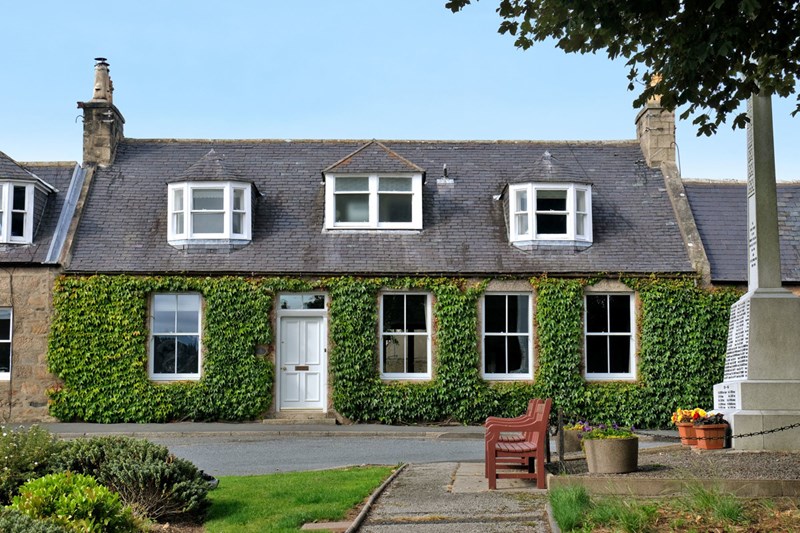
Living in a Conservation Area
Conservation areas aim to preserve and enhance neighbourhoods of special architectural or historic interest and form some of Aberdeen and Aberdeenshire’s most unique settlements. Trees and other features such as designed gardens are all protected. Permission for even minor works may be needed in a conservation area.
Scotland currently has more than 600 conservation areas, which safeguard some of our most important historic places, ensuring they remain attractive and vibrant places to live.
Conservation areas are used to protect:
- important groups of buildings
- open spaces
- planned towns and villages
- street patterns
- historic gardens

How do I know if I live in a conservation area?
You can either contact your local planning authority, visit its website or search for your area on Historic Environment Scotland’s Designations Map Search (arcgis.com)
Permission for works in a conservation area
Conservation area status helps ensure that new development or even minor works to existing properties preserves or enhances the special qualities of the area. Therefore, most new development or works to existing buildings (other than like for like repair and maintenance) will require planning permission.

Suitable materials and methods in a conservation area
Not all properties in conservation areas are traditional construction but the majority are. Ensuring your home performs well and is maintained in a good condition means work on your traditionally constructed building should be carried out to a high standard, using traditional methods and materials. You should employ the services of a tradesperson or contractor with experience in traditional construction. Preferably in local building techniques and traditions. Planning authorities and Historic Environment Scotland regularly publish guidance on carrying out works to traditional buildings.
If you’re not sure, contact your local planning authority who will be able to help and advise you.
Living in a conservation area – Do’s
- Contact your local planning authority to see if any planned works require permission
- Contact your local planning authority and ask for any guidance that relates to your conservation area
- Visit the Historic Environment Scotland website for information on traditional buildings
Living in a conservation area – Don’t
- Carry out works to your property without speaking to the local planning authority when you are unsure if consent is required
ASPC is passionate about helping buyers, renters and sellers across the North East move home. From the initial discovery of a property, right through to moving in, our team has created a range of insightful blog posts and information pages that will provide some helpful tips to make your move as simple and efficient as possible.
If you have any questions, please get in touch with one of our team members on centre@aspc.co.uk.

